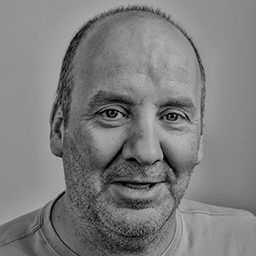
By MATTHEW HOLT
Okay, I can’t do it any longer. As much as I tried to resist, it is time to write about ambient scribing. But I’m going to do it in a slightly odd way
If you have met me, you know that I have a strange English-American accent, and I speak in a garbled manner. Yet I’m using the inbuilt voice recognition that Google supplies to write this story now.
Side note: I dictated this whole thing on my phone while watching my kids water polo game, which has a fair amount of background noise. And I think you’ll be modestly amused about how terrible the original transcript was. But then I put that entire mess of a text into ChatGPT and told it to fix the mistakes. it did an incredible job and the output required surprisingly little editing.
Now, it’s not perfect, but it’s a lot better than it used to be, and that is due to a couple of things. One is the vast improvement in acoustic recording, and the second is the combination of Natural Language Processing and artificial intelligence.
Which brings us to ambient listening now. It’s very common in all the applications we use in business, like Zoom and others like transcript creation from videos on Youtube. Of course, we have had something similar in the medical business for many years, particularly in terms of radiology and voice recognition. It has only been in the last few years that transcribing the toughest job of all–the clinical encounter–has gotten easier.
The problem is that doctors and other professionals are forced to write up the notes and history of all that has happened with their patients. The introduction of electronic medical records made this a major pain point. Doctors used to take notes mostly in shorthand, leaving the abstraction of these notes for coding and billing purposes to be done by some poor sap in the basement of the hospital.
Alternatively in the past, doctors used to dictate and then send tapes or voice files off to parts unknown, but then would have to get those notes back and put them into the record. Since the 2010s, when most American health care moved towards using electronic records, most clinicians have had to type their notes. And this was a big problem for many of them. It has led to a lot of grumpy doctors not only typing in the exam room and ignoring their patients, but also having to type up their notes later in the day. And of course, that’s a major contributor to burnout.
To some extent, the issue of having to type has been mitigated by medical scribes–actual human beings wandering around behind doctors pushing a laptop on wheels and typing up everything that was said by doctors and their patients. And there have been other experiments. Augmedix started off using Google Glass, allowing scribes in remote locations like Bangladesh to listen and type directly into the EMR.
But the real breakthrough has been in the last few years. Companies like Suki, Abridge, and the late Robin started to promise doctors that they could capture the ambient conversation and turn it into proper SOAP notes. The biggest splash was made by the biggest dictation company, Nuance, which in the middle of this transformation got bought by one of the tech titans, Microsoft. Six years ago, they had a demonstration at HIMSS showing that ambient scribing technology was viable. I attended it, and I’m pretty sure that it was faked. Five years ago, I also used Abridge’s tool to try to capture a conversation I had with my doctor — at that time, they were offering a consumer-facing tool – and it was pretty dreadful.
Fast forward to today, and there are a bunch of companies with what seem to be really very good products.
Continue reading…









